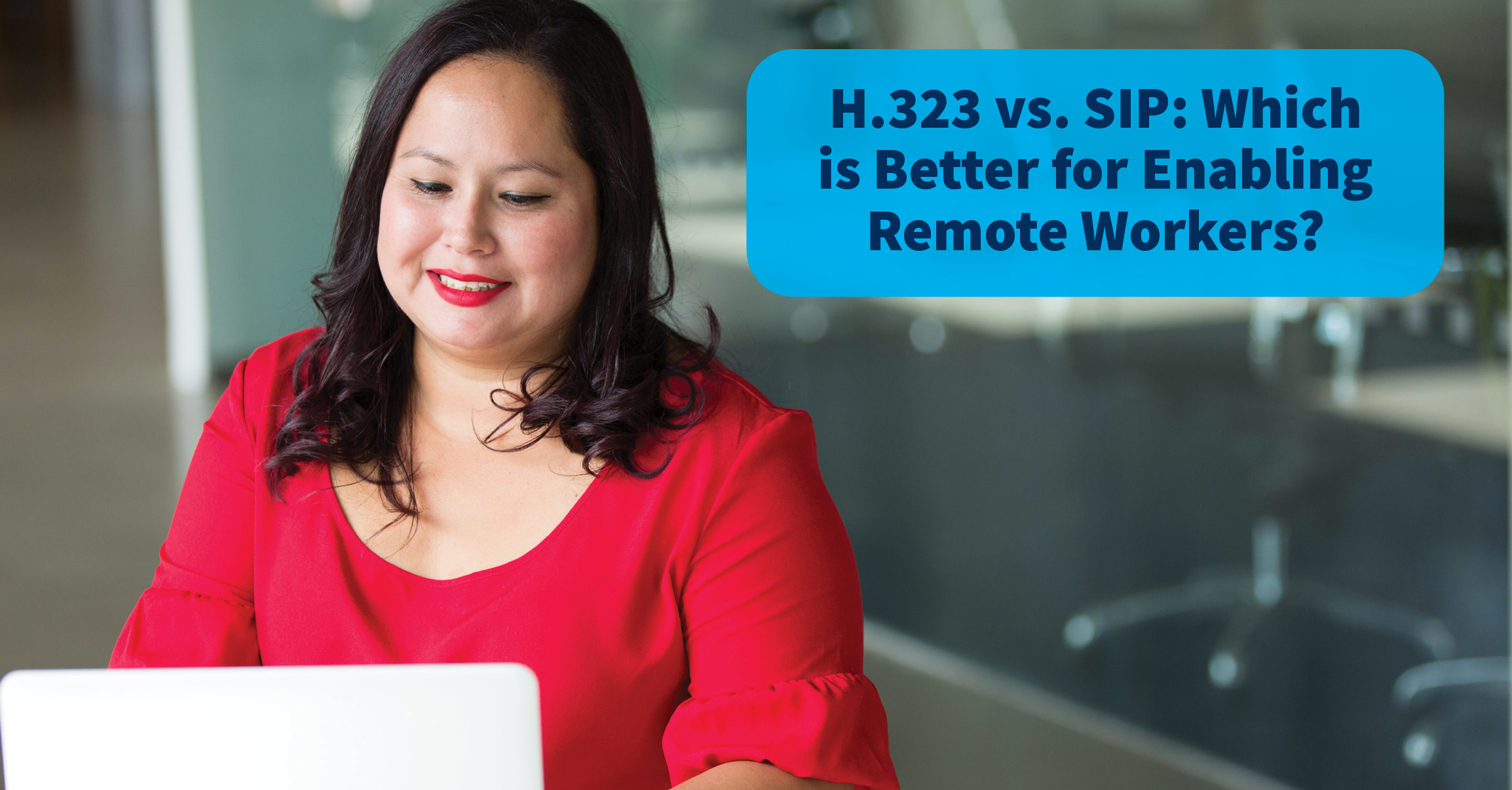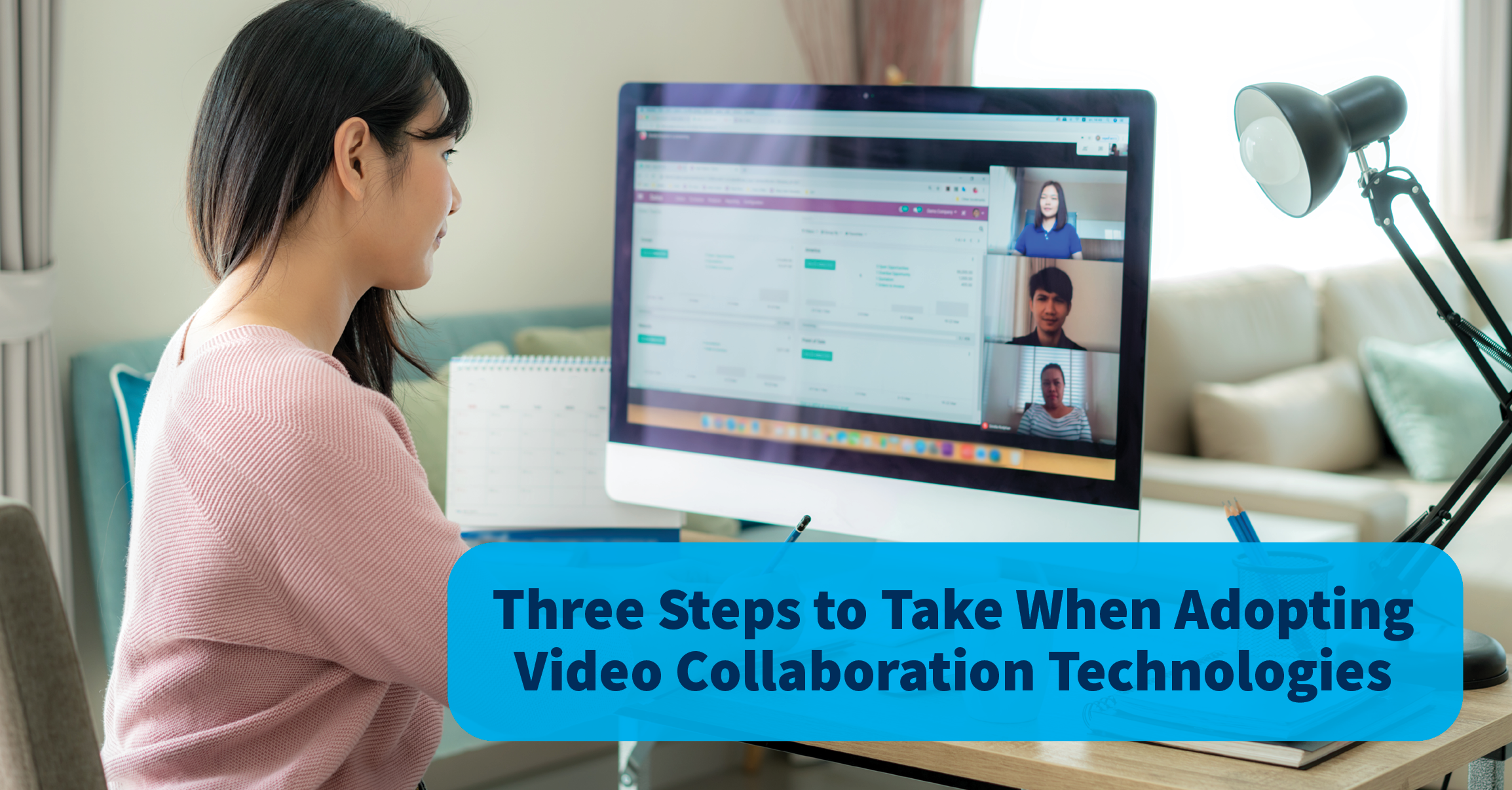When it comes to planning for a remote and mobile workforce, a lot of companies are entering the second phase of their strategy, in which they are planning for a more permanent solution. The first phase was somewhere along the lines of, “This may not be the best approach, but we just need to get it done.” This included leveraging a lot of free temporary licenses, which typically had 30-90 day expiration dates, so they now need to figure out what’s next. At ConvergeOne, we’ve been having a lot of conversations about permanent solutions with customers. It might be because these customers think the “shelter in place” orders will be getting extended longer than first anticipated, but it might also be because people are seeing firsthand the value of enabling a remote, mobile workforce.
Read MoreTopics: Unified Communications, COVID-19
As the COVID-19 pandemic continues to compel people to work from home, countless companies are now holding daily meetings using web, audio, and video conferencing services from a variety of well-known providers. Though not the sole focus of our attention here, one that has received a significant amount of press is Zoom.
Read MoreTopics: Unified Communications, Cyber Security, Video, COVID-19
3 Steps to Take When Adopting Video Collaboration Technologies
Posted on April 21, 2020 by Adam Born
One of my best friends turned 40 a few of weeks ago. He lives in Colorado, I live in Illinois, and both of our states have been under shelter-in-place orders for a while now. Going to see him was not an option. The bigger problem, however, was that our local friends were not going to be able to join him, either. Instead, his wife put together a surprise Zoom meeting, and we all joined together in singing “Happy Birthday” and sharing a few minutes of conversation and well-wishes, along with the now-customary, “Stay safe.”
Read MoreTopics: Unified Communications, Video, Remote Working, COVID-19
I’ve been spending a lot of my time talking with customers about remote worker strategies. Most are sending their employees home to work. As I discussed in an earlier blog post, for some customers it’s a very easy, short conversation (i.e., those that have already adopted a mobile-first strategy). For others, that discussion is a bit more involved. Customers who find themselves behind the 8-ball are not looking for a long, strategic, vendor-agnostic conversation. They want to know what they can do now. So, when conversations go that direction, it’s time to roll up the sleeves and dive into the tactical weeds. They don’t have time for a rip and replace. They require a vendor-specific conversation, that can include layered cloud services on top of their existing platform.
Read MoreTopics: Unified Communications, Remote Working, COVID-19
I’m always a little surprised when I meet with a company that hasn’t embraced a mobile-first philosophy when it comes to deploying its unified communications (UC) solutions. What does it mean to be mobile? We all know mobility is important. Once you have it, you really can’t imagine life before it. You know the saying: Work is what you do, not where you go. Obviously, this doesn’t apply to every job function, but a lot of information worker-type jobs can be done from anywhere.
Read MoreTopics: Unified Communications, Mobility, Remote Working, COVID-19
Historically, I’ve worked in an office setting where I grew familiar interacting with people and co-workers face-to-face. Having spent the bulk of my adult life working in offices and among other people, I grew accustomed to the luxury of dropping in on co-workers, chatting at the coffee machine, and walking down the hall to ask a co-worker a quick question. The casual drop-ins became the norm for me and my co-workers, and it was a critical part of how we worked together and created a strong and positive work culture.
Read MoreTopics: Unified Communications, Video, Remote Working, COVID-19
The past few weeks have been interesting, as several customers have inquired about how to best prepare for a health pandemic. Within this same period of time, one of our industry’s largest conference, HIMSS (Healthcare Information and Management Systems Society), cancelled its conference (with 42,000 registered participants) due to concerns about COVID-19, commonly known as coronavirus. Clearly, our industry—and society as a whole—are paying attention and investigating next steps for dealing with this outbreak.
Read MoreTopics: Unified Communications, Mobility, Remote Working, COVID-19
At ConvergeOne, every collaboration engagement follows the WAVES Methodology. The first step is a Workshop that helps our customers take an “outside-in” view of their environment. In other words, the Workshop allows our customers to first view the expectations from the end user’s point of view (the “outside”) and subsequently consider the technology’s capabilities (the “in”) being provided to meet the end user’s expectations. This outside-in approach works equally well for all user-facing services like customer experience (CX) and unified communications (UC).
Read MoreTopics: Customer Experience, Unified Communications, WAVES Methodology
At ConvergeOne, WAVES is our proprietary Methodology that guides each and every one of our collaboration engagements. WAVES is an acronym, with each letter representing a specific phase of the methodology. Each phase provides a specific contribution to the final outcome, which is a recommended solution that is tailored to the customer’s business and technology needs. The WAVES phases, which must be executed in order, are:
Read MoreTopics: Contact Center, Customer Experience, Unified Communications, WAVES Methodology
When you think of any one of these technologies – Internet of Things (IoT), Web Services, or WebRTC – by itself, each is a bright and shiny object that catches our attention. The capabilities of each of these technologies stand on their own and are very cool.
Read MoreTopics: Unified Communications











